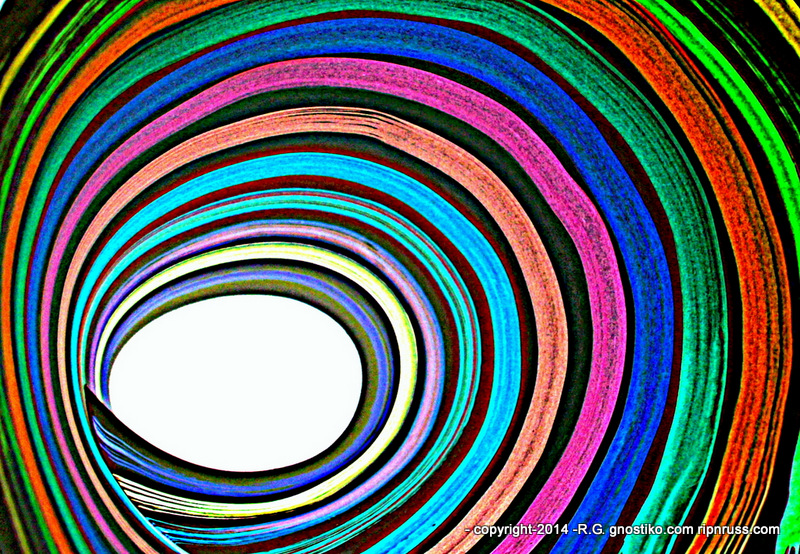DEPTH PERSPECTIVE
What is depth perspective? Instead of the common run-of-the-mill type of surface perspective, we can develop a perspective that has the quality of deepness and intensity, a profound and penetrating view, a true view of things as they actually are – instead of the way things may usually merely appear to be. The right perspective is a totalistic and holistic understanding – without the conceptual overlays that are usually present in the way we habitually tend to evaluate the things in our worlds. Instead of taking surface values and characteristics as our whole perspective we can learn to subtract that which tends to corrupt a holistic or depth perspective. The “how to” accomplish this is our primary interest.
Subtracting all the layers of superficial dualistic perspectives may take some effort; enough effort will be needed to break up the patterns developed over a lifetime, and some of these mental patterns are quite well established, and quite well entrenched. But no matter how deeply dug in and fortified they are, they can be put to the sword on the battlefield of Advaitayana Yoga.
Nonduality is the reality. Understanding nonduality comes about by developing insights concerning the actual unity of relativity and all its conditional relations. This can only occur when attention is actively and directly placed in concentrated focus on the object of interest, so there must be a disciplined training that results in a developed capacity to keep the attentiveness stable and from falling into its habitual passive laxity. In passivity of attention, random thoughts and images will arise, speedily and continuously. By assuming an attitude of detached observation toward these random thoughts and images, attention resumes its active state and the mind stops producing the distractive arisings. Thoughts are allowed to go back to where they came from, whereupon vigilant receptivity toward further mental functioning again resumes. Repeated recognition of the difference between passive thought activity and vigilantly attentive presence of awareness has to be accomplished over a long period of time. Just monitor the status of attention and repeatedly place it again and again with vigilant receptivity in the gap between thoughts, waiting silently for the mind to run wildly on again. This practice gives a profound recognition to the difference between passive and active attention. The nearly continuous stream of deluded thinking and passive daydreaming comes about in conjunction with the overlay of memory impressions stored up for who knows how long. The discriminative function of mind gets confused and dysfunctional for this reason. Thoughts are the constricted expression of mental impressions linked to the primary delusion of the ego-notion, the primal dualistic perspective, and its consequent desire motivations. This kind of contemplative practice is a means of extrication from the perverse separative attitude of ego-based conditionality and all that consequentially occurs based on it. When attentiveness is directed to the recognition of dichotomizing mental events, it is possible to detach from these processes and just let be. This is the requisite freeing of constricted attention.
By S. R. Allen © 2014



